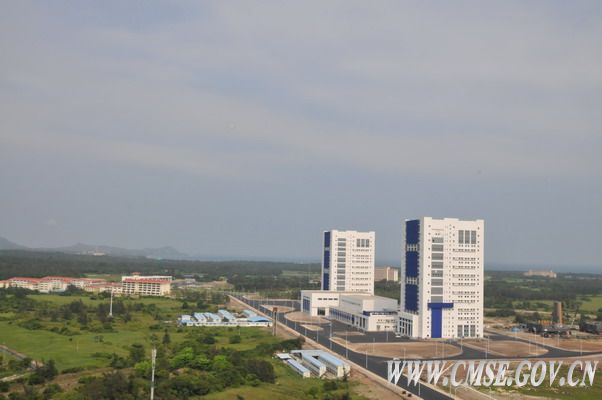
China's First Space Lab Tiangong 1 Reaches End of Mission, Successor Planned

China's first space lab — Tiangong 1—has reached the end of its mission life, and its use has been "formally terminated" by officials with the China Manned Space Agency.
Tiangong 1, which launched in September 2011 with a design life of two years, was used by China for 1,630 days during its "operational orbit," CMSA officials said in a statement. The space lab was busy during its extended flight, carrying out space technology experiments and also performing Earth remote sensing activities.
Tiangong 1 was used during China's unpiloted Shenzhou 8 mission in 2011, the piloted Shenzhou 9 flight in 2012 and the piloted Shenzhou 10 mission in 2012. The lab had completed its main missions following the Shenzhou 10 crew's return to Earth in June 2013. [China's Planned Space Station in Pictures]
Next space lab

Earlier this year, Chinese space officials announced that Tiangong 2 is being readied for launch in the third quarter of this year. This space lab is to latch up with the Tianzhou 1 — an automated cargo ship — in the first half of 2017.
This maiden voyage of the cargo supply vehicle is to be boosted by the still-to-be-flown Long March 7 rocket. That booster is to fly this year, lifting off from China's new Wenchang satellite launch center in south China's Hainan Province.
China also has on schedule the launch of a two-person Shenzhou 11 mission in the fourth quarter of this year to dock with Tiangong 2. According to the state-run Xinhua news agency, the Shenzhou 11 crew is now in training.
Meanwhile, the Tiangong-2, Shenzhou-11, the two Long March-2F carrier rockets to be used to lift those vehicles into space, as well as the Long March-7 rocket, and the Tianzhou-1 supply ship "are either being assembled or undergoing assembly examination."
Get the Space.com Newsletter
Breaking space news, the latest updates on rocket launches, skywatching events and more!

Medium-sized space station
These space missions are designed to verify key technologies and techniques for China to fabricate a 60-ton, multi-modular "medium-sized" space station around 2020.
The core module of China's space station is to be lofted in 2018 to test related technologies and to research engineering issues. The station is to be fully operational in about 2022, say government sources.
China's Long March 5 booster is tied to the country's space station program, now on tap for its premier blastoff from the Wenchang Satellite Launch Center later this year.
Leonard David has been reporting on the space industry for more than five decades. He is former director of research for the National Commission on Space and is co-author of Buzz Aldrin's 2013 book "Mission to Mars – My Vision for Space Exploration" published by National Geographic with a new updated paperback version released in May 2015. Follow us @Spacedotcom, Facebook or Google+. Story published on Space.com.
Join our Space Forums to keep talking space on the latest missions, night sky and more! And if you have a news tip, correction or comment, let us know at: community@space.com.

Leonard David is an award-winning space journalist who has been reporting on space activities for more than 50 years. Currently writing as Space.com's Space Insider Columnist among his other projects, Leonard has authored numerous books on space exploration, Mars missions and more, with his latest being "Moon Rush: The New Space Race" published in 2019 by National Geographic. He also wrote "Mars: Our Future on the Red Planet" released in 2016 by National Geographic. Leonard has served as a correspondent for SpaceNews, Scientific American and Aerospace America for the AIAA. He has received many awards, including the first Ordway Award for Sustained Excellence in Spaceflight History in 2015 at the AAS Wernher von Braun Memorial Symposium. You can find out Leonard's latest project at his website and on Twitter.









